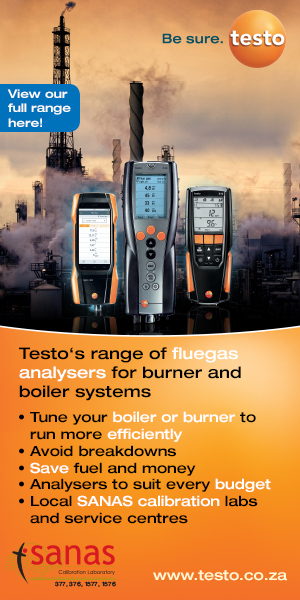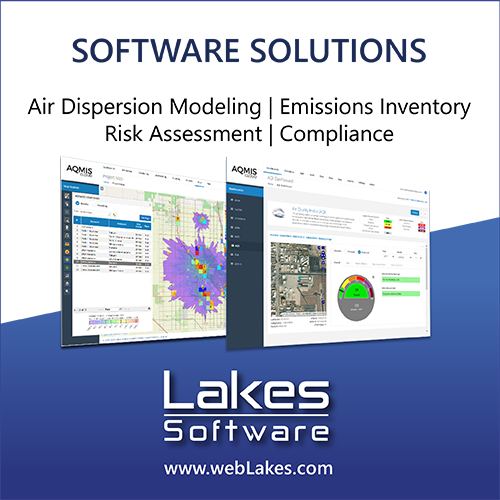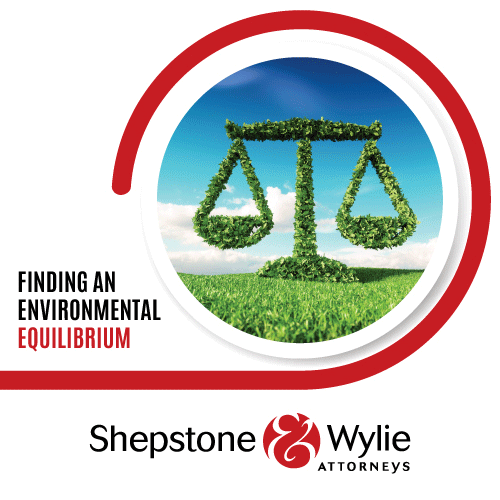Guidelines for the design, installation and operation of incinerators
DOI:
https://doi.org/10.17159/caj/1995/9/3.7319Abstract
Incineration of hazardous and medical (clinical) waste crepates an air pollution problem which s at the moment controlled in terms of the Atmospheric Pollution Prevention Act of 1965. It is exercised by officials from local authorities in accordance with part 3 of the Act and is very specialized. Consequently, officials from local authorities are not always trained to do this, especially at the smaller municipalities. Therefore, this function is dealt with in the wrong manner, or not dealt with at all. Incinirators are to be classified into three categories, namely incinirators where the refuse that is being burnt is also used as fuel or as supplementary fuel, incinerators which are not used for medical and hazardous waste destruction. If halogens like chlorine are present in teh waste, then there is a difinite possibility that dioxins and furans will be emitted during the incineration process. With a halogen content of more than 1% in the waste a minimum tempature of 1100 degree celsius for 2 senconds at the inner wall of the secondary chamber is imperative. For cytotoxic waste teh temperature must be at least 1000 degree celsius.
Downloads
Downloads
Published
Issue
Section
License

All articles are published under a Creative Commons Attribution 4.0 International License; copyright is retained by the authors. Readers are welcome to reproduce, share and adapt the content without permission provided the source is attributed.








.png)